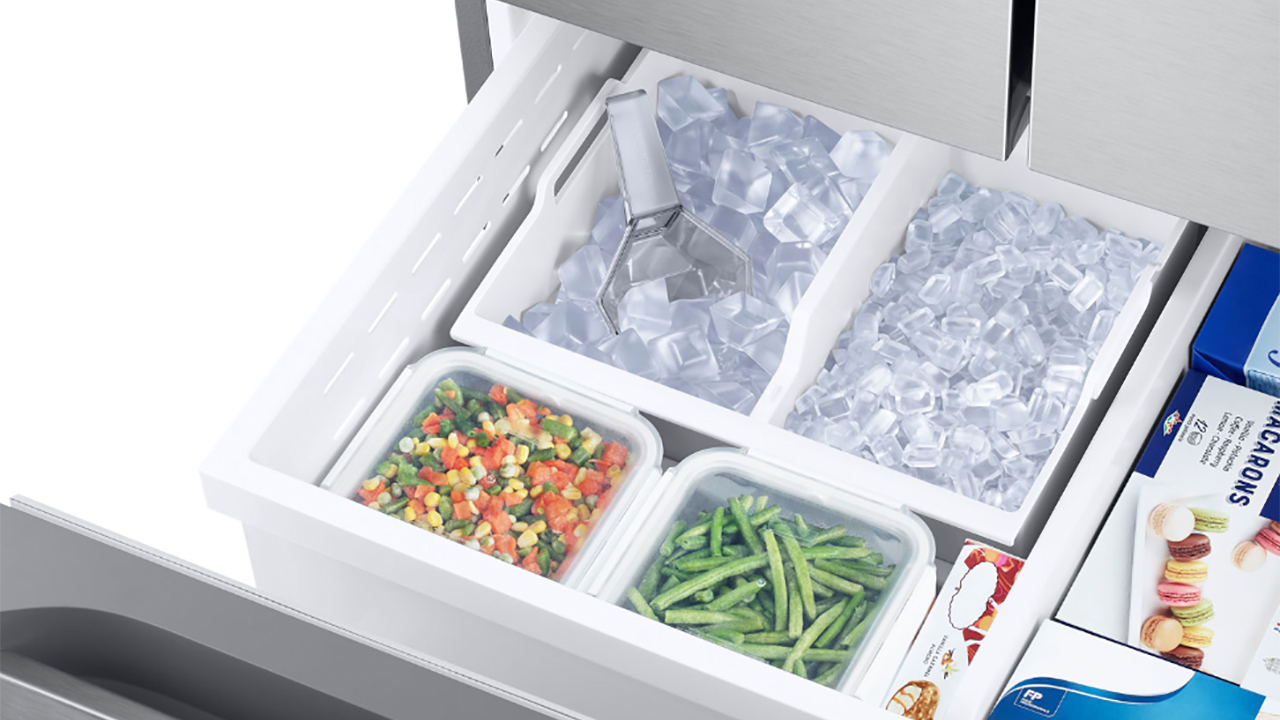
Isn’t it frustrating after spending what seems like a fortune on fresh produce and popping it into the refrigerator only to find that it’s moldy or gone bad more quickly than you anticipated? Sometimes, you simply can’t get to it in time, resulting in half of what you buy being thrown into the organic waste bin. With ever-rising food prices and a need to avoid unnecessary food waste, it’s important to maximize these healthy and nutritious foods.
We have all, at one point or another, seen life hack videos or social posts talking about ways to extend the life of produce. Indeed, there are a ton of worthwhile tips. And we have put together a few of them here for you. (Stay tuned for storage tips for meat and poultry, too!)
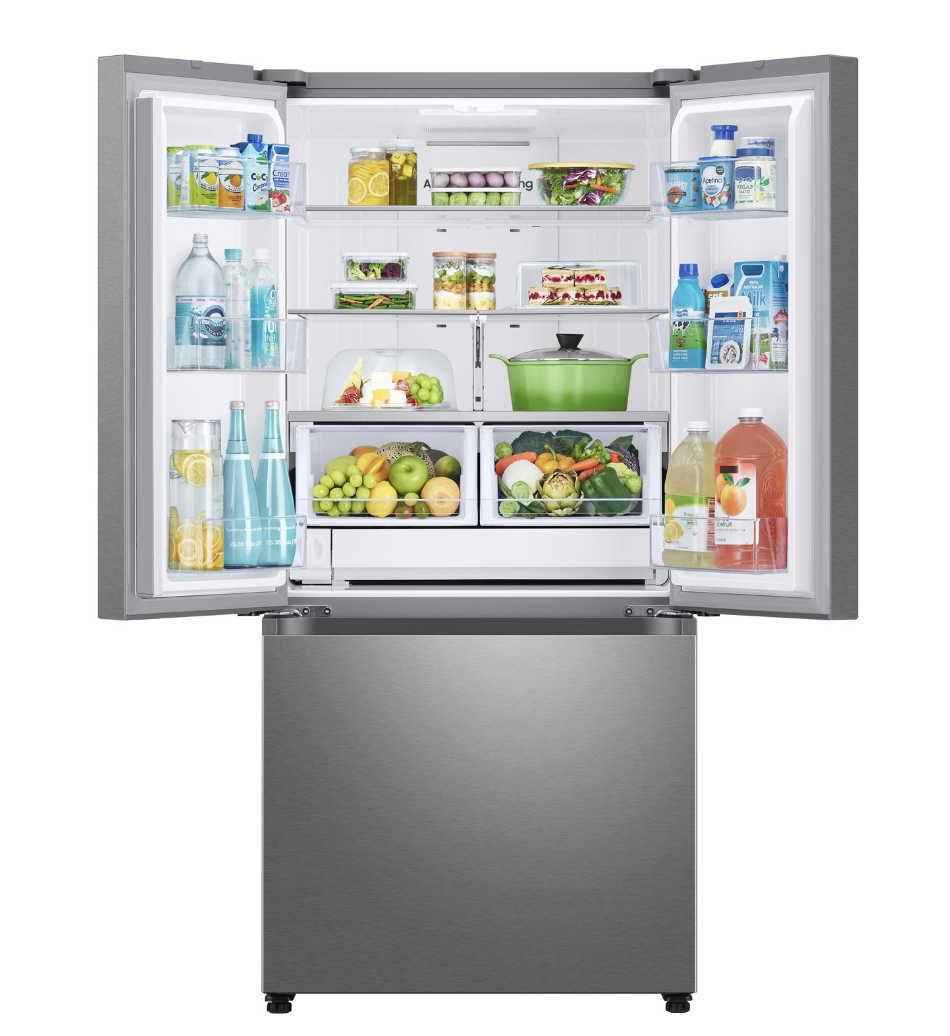 Proper fridge temperature and storage
Proper fridge temperature and storage
The first consideration is to make sure you are not only storing fruits and vegetables in the right place in your refrigerator, but at the right temperature. Every fridge has a crisper, often two (or more) that is designed specifically for produce. The latest models have temperature-controlled crispers so you can adjust everything from temperature to humidity based on what’s inside. Remove items from the plastic bags you put them in at the grocery store or other packaging before adding them to the crisper as well.
Only refrigerate certain produce
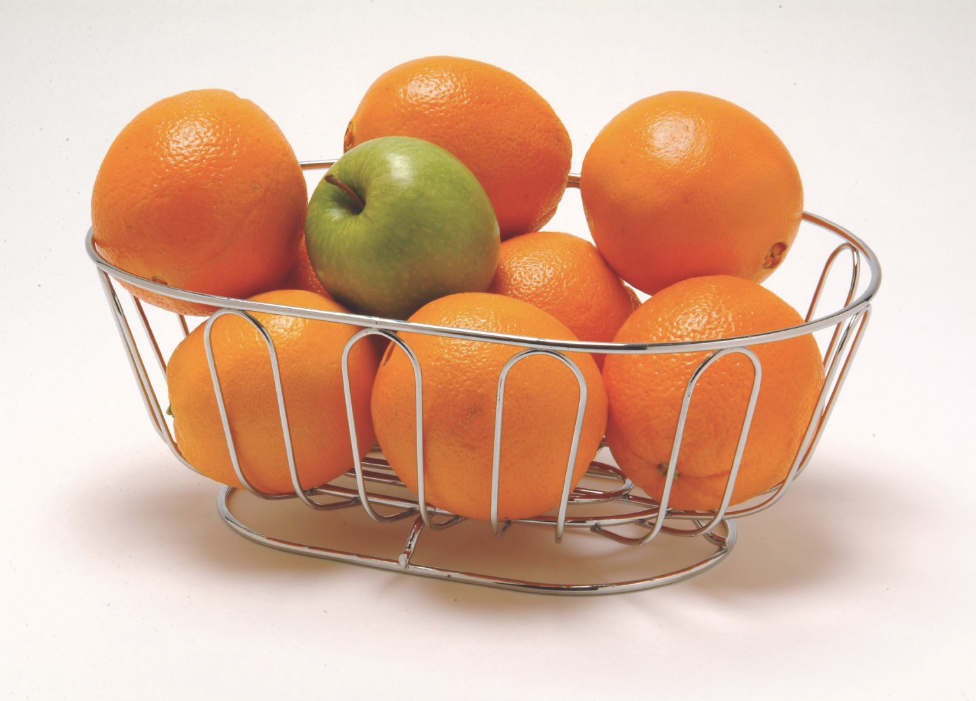 Did you know that some fruits and vegetables shouldn’t be refrigerated? Some sources, for example, suggest that even berries are best at room temperature, at least for the first day. Other fruits and vegetables that should not be refrigerated include melons, potatoes, tomatoes, onions, garlic, avocados, bananas, and citrus fruits.
Did you know that some fruits and vegetables shouldn’t be refrigerated? Some sources, for example, suggest that even berries are best at room temperature, at least for the first day. Other fruits and vegetables that should not be refrigerated include melons, potatoes, tomatoes, onions, garlic, avocados, bananas, and citrus fruits.
Fruits and vegetables that should be refrigerated include mushrooms, zucchini, summer squash (acorn and butternut varieties, however, can stay on the counter), asparagus, beans, beets, bok choy, most leafy greens, broccoli, carrots, peppers, cherries, grapes, and others. There are differing opinions when it comes to some of these produce items. Use your best judgement, or try both ways and see which works best.
In some cases, you can eventually refrigerate a fruit that should be left out, like avocados, mangos, and pears, once they have fully ripened. Doing so will slow the ripening process down, but still get to them within the next day or two. Note: overly soft avocados are perfect for homemade guacamole!
 How to store items left out of the fridge
How to store items left out of the fridge
With items that you do leave out, make sure to store them in a proper place. For some produce, that’s room temperature with good air circulation. For others, it’s a cool and dry place.
Potatoes, for example, should be in a cool, dark place like a cupboard under the sink. Even if they sprout, most experts say if the potato is still firm and isn’t green in colour, it is safe to eat. If it’s softer and has a greenish colour, err on the side of caution and throw it out. Some clever folks have even suggested using extra shelves in a wine fridge to store Russet potatoes and ripened tomatoes.
For vegetables that have roots when you buy them, like carrots, beets, and turnips, remove these greens before storing. This is because they pull moisture from the vegetable. Instead of discarding them, store them in a separate container and use them in soups and stir fries.
What to know about ethylene gas
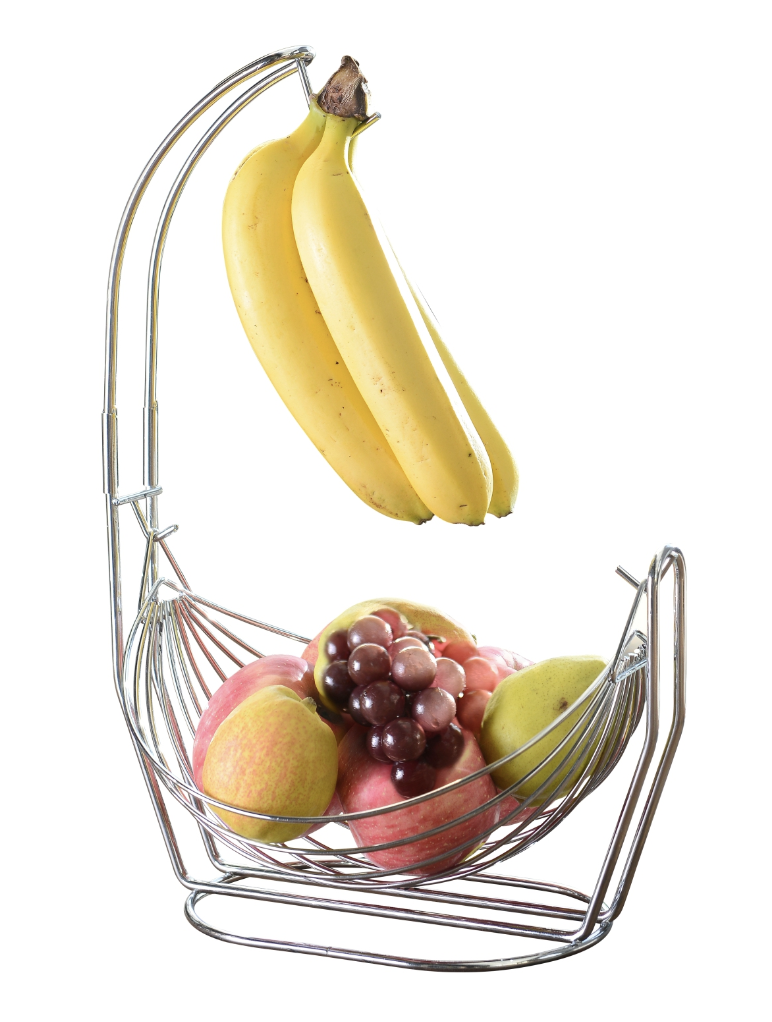 One important thing to note is that certain fruits release something called ethylene gas. This can result in premature ripening of others that are close to it. Bananas are a known culprit, so you should always store these away from other fruits. Apples, mangoes, and avocados are another.
One important thing to note is that certain fruits release something called ethylene gas. This can result in premature ripening of others that are close to it. Bananas are a known culprit, so you should always store these away from other fruits. Apples, mangoes, and avocados are another.
Consider storing these on their own. You could also invest in a two-tiered fruit basket to keep them separate from one another. And, most importantly, separate from other fruits and vegetables that don’t release as much ethylene gas.
Citrus fruits, however, do not produce much ethylene gas so they are safe to place just about anywhere.
Store in proper containers
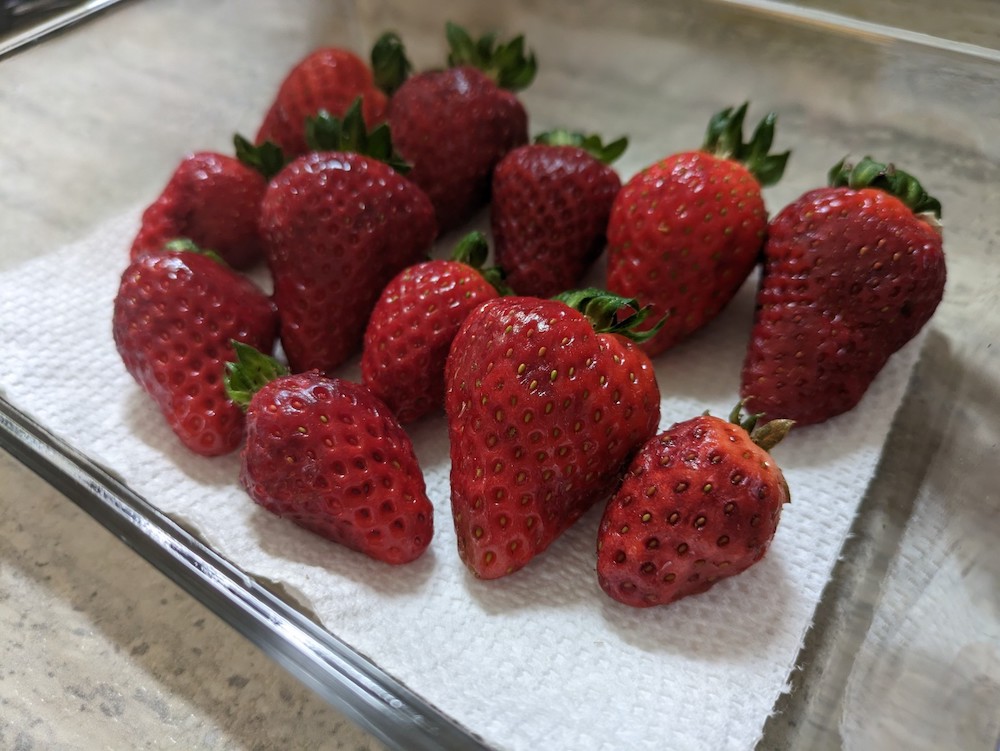 For things like berries, remove them from the containers they come in and wash them thoroughly. Fruits like strawberries can be washed in water and a teaspoon of baking soda or vinegar to remove debris and pesticides. Rinse with cold water, pat them until fully dry, and store them in a container that allows air to circulate (don’t use airtight containers). If you can, place them in a single layer atop a paper towel. Remove any strawberries showing signs of mold as soon as you see one. Doing this, they should last much longer.
For things like berries, remove them from the containers they come in and wash them thoroughly. Fruits like strawberries can be washed in water and a teaspoon of baking soda or vinegar to remove debris and pesticides. Rinse with cold water, pat them until fully dry, and store them in a container that allows air to circulate (don’t use airtight containers). If you can, place them in a single layer atop a paper towel. Remove any strawberries showing signs of mold as soon as you see one. Doing this, they should last much longer.
Some other fruits and vegetables can store well in a food-grade storage container with a tight-fitting lid. This helps keep in moisture and prevent them from dehydrating. You can find specially fitted storage containers in the grocery store along with things like reusable silicone pouches. Some sources say fruits like apples and pears can be loosely stored in a plastic bag in the fridge to maintain freshness.
Storing produce that releases ethylene gas in tight-fitting containers will keep them fresh. It will also prevent the gasses from impacting the lifespan of other fruits and vegetables that are also in the fridge.
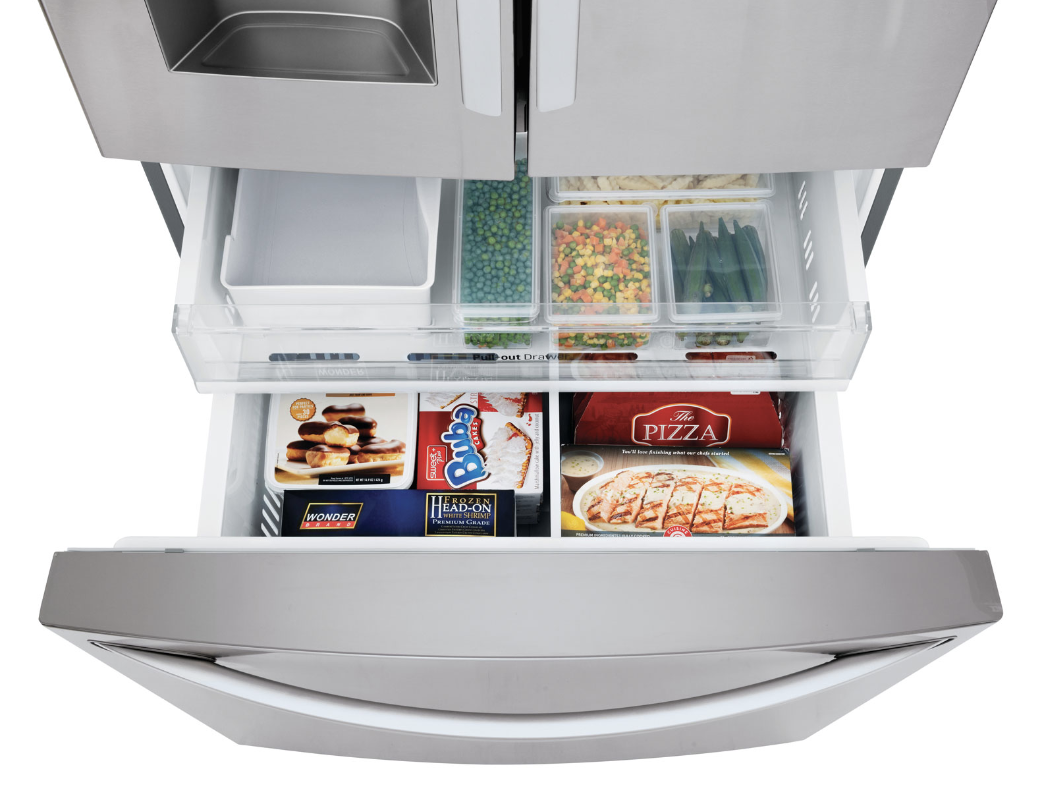
For asparagus and scallions, add about an inch of cold water to a tall glass. Cut off about an inch of the stem, and stand the asparagus up in there in the refrigerator. Tent the top with a plastic bag and it should last for about a week. You could do the same with celery. Fill a jar with water, cut the celery into stems that will fit, and secure it with a lid. Some also suggest wrapping celery in foil to keep it fresh longer. Cucumbers sometimes come packaged in plastic. If so, it’s a good idea to keep it in that. Cut off the plastic as you use it, or else store it in an airtight container.
Want a fun tip? You have already learned not to store onions in the fridge. But did you know you can make use of those old pair of pantyhose with the holes in it? Wrap the onions in the pantyhose and tie a knot between each one. Cut below the knot each time you want one, and voila! This is not only convenient but also helps prevent a mess on your counter.
 Catch in time to cook or freeze
Catch in time to cook or freeze
What if you have an entire container of berries, a mango that is getting soft, or other similar fruits, and you know you won’t be able to use them before they get to the point of no return? There are ways to extend their life.
Cook them up!
With apples, for example, you could whip up a delicious pie, or cook, puree, and make apple jam to spread on toast or add to oatmeal or yogurt. Cook them up with a savoury pork dish, too.
Mangoes go great in a chutney with salmon, and of course, brown and overripe bananas are the perfect ripeness for delicious banana bread or muffins.
With vegetables, consider making an “everything but the kitchen sink” dinner with whatever you have left that’s about to go bad, like a casserole, pasta dish, stew, or stir fry.
Freeze for later
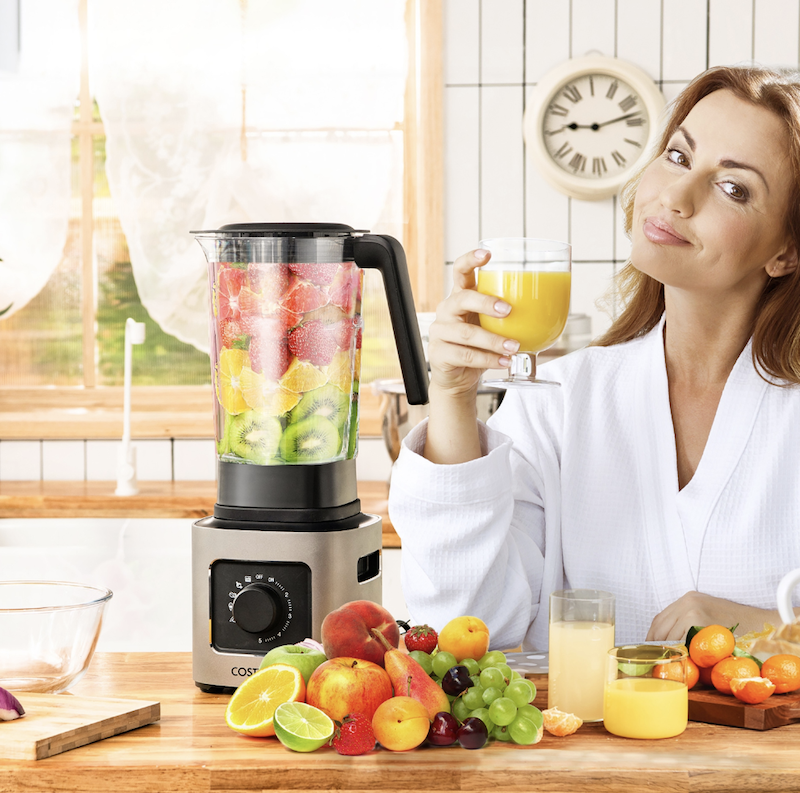 I love to get on-the-brink berries, wash them, remove stems (if applicable), and store everything in a Ziplock bag in the freezer. These are perfect for smoothies and baking.
I love to get on-the-brink berries, wash them, remove stems (if applicable), and store everything in a Ziplock bag in the freezer. These are perfect for smoothies and baking.
Make a judgement call. If you bought 2 lbs. of blueberries you haven’t yet gotten to after five days and you notice they are starting to shrivel, pack at least half of them away in the freezer.
Reasons like this are why having a secondary fridge, freezer, or chest freezer can pay for itself in the long run. Store not only an overflow of produce but also meat and bread in bulk. Freeze what you won’t use right away and save money in the process.
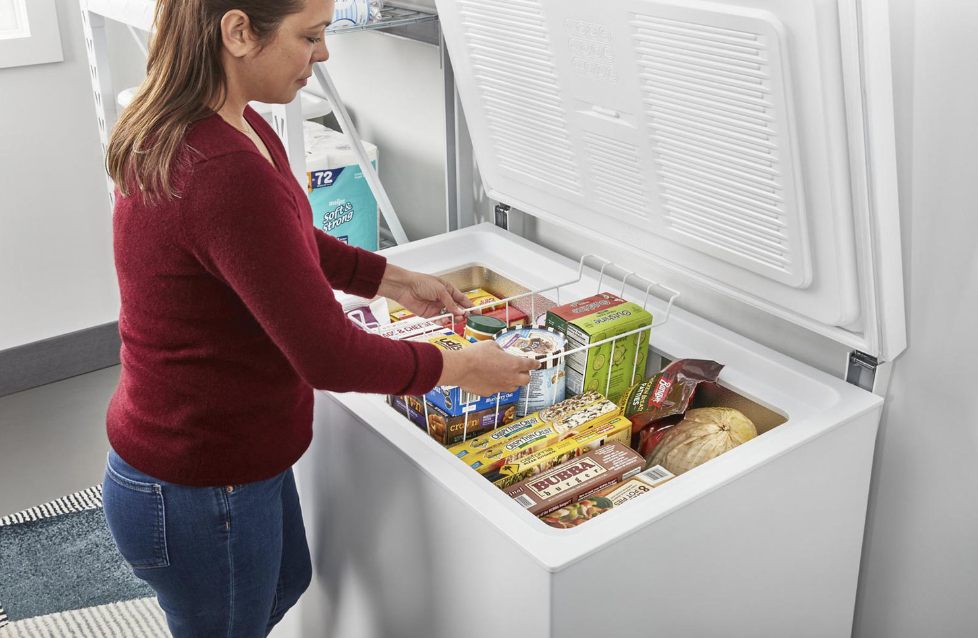 Note that not all produce freezes well. But items like corn, peas, broccoli, cauliflower, carrots, green beans, spinach, kale, strawberries, blueberries, mangos, and others do. A good rule of thumb: if you can find the fruit or vegetable in the frozen bagged section in the grocery store, it freezes well.
Note that not all produce freezes well. But items like corn, peas, broccoli, cauliflower, carrots, green beans, spinach, kale, strawberries, blueberries, mangos, and others do. A good rule of thumb: if you can find the fruit or vegetable in the frozen bagged section in the grocery store, it freezes well.
Fresh herbs can also be frozen. Wash and freeze them in water in an ice cube tray to use in soups and stews. Take leftover vegetables and store them in a Ziplock bag, just like you do the fruits, and you have ready-made vegetables for a stock, stir fry, or soup.
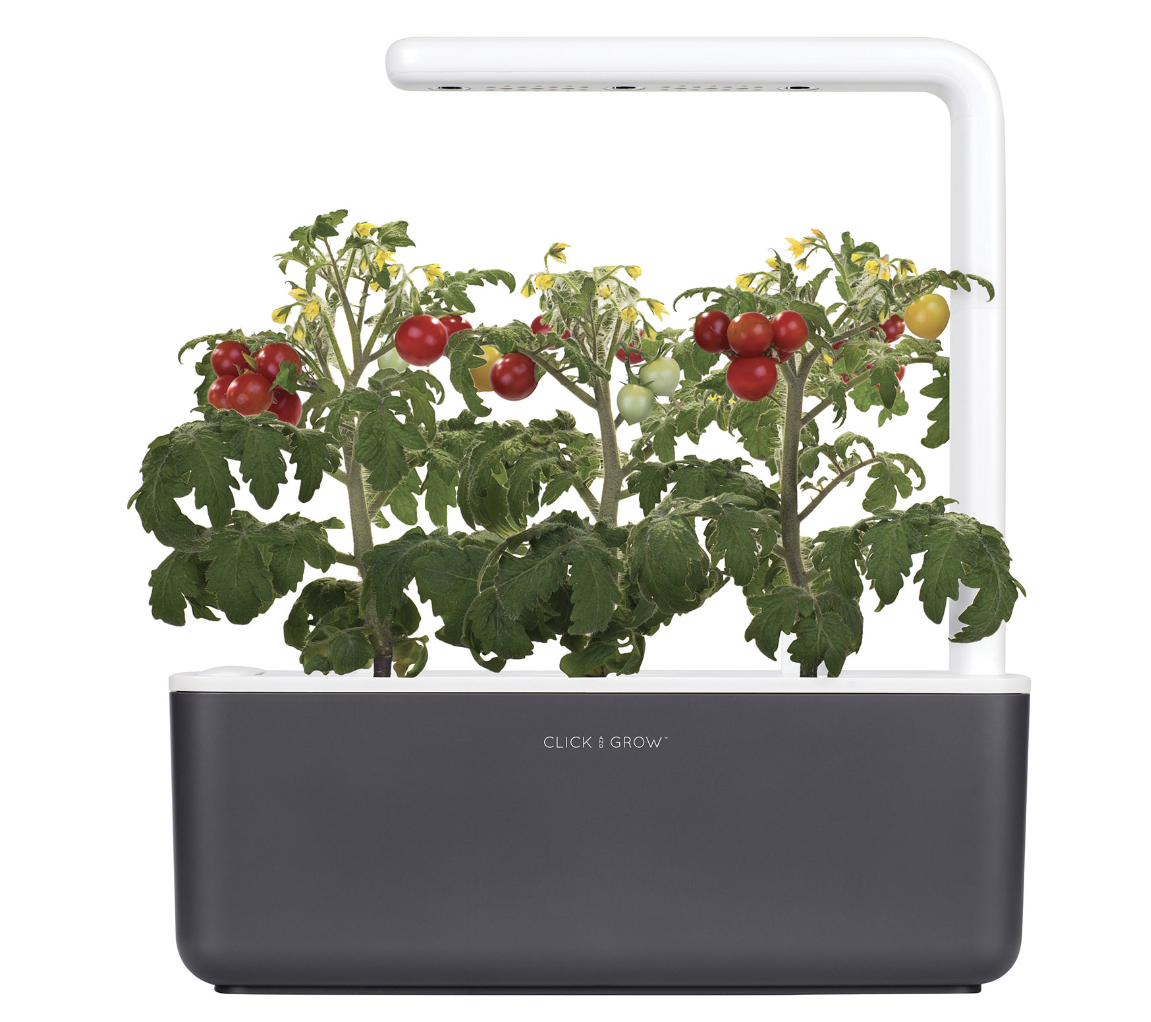 Grow your own!
Grow your own!
The best way to keep produce as fresh as possible for as long as possible is to grow your own! There’s nothing quite like going into your own garden to grab a potato, carrot, or pepper for a recipe. If you live somewhere that’s conducive to doing this, look into getting started. It’s not only cost effective but can also become a fun new hobby.
If you live somewhere with frigid winters, consider an indoor smart garden. You can use one of these to grow at least a handful of your most commonly used fruits and vegetables all year ’round. It’ll not only save you money, but you’ll have fresh produce without any pesticides. And you’ll learn a valuable new skill in the process.
Check out a wide selection of refrigerators and freezers with features that can help keep certain produce fresher, longer at Best Buy Online.
The post Storage tips for getting the most out of your produce appeared first on Best Buy Blog.

Leave a comment